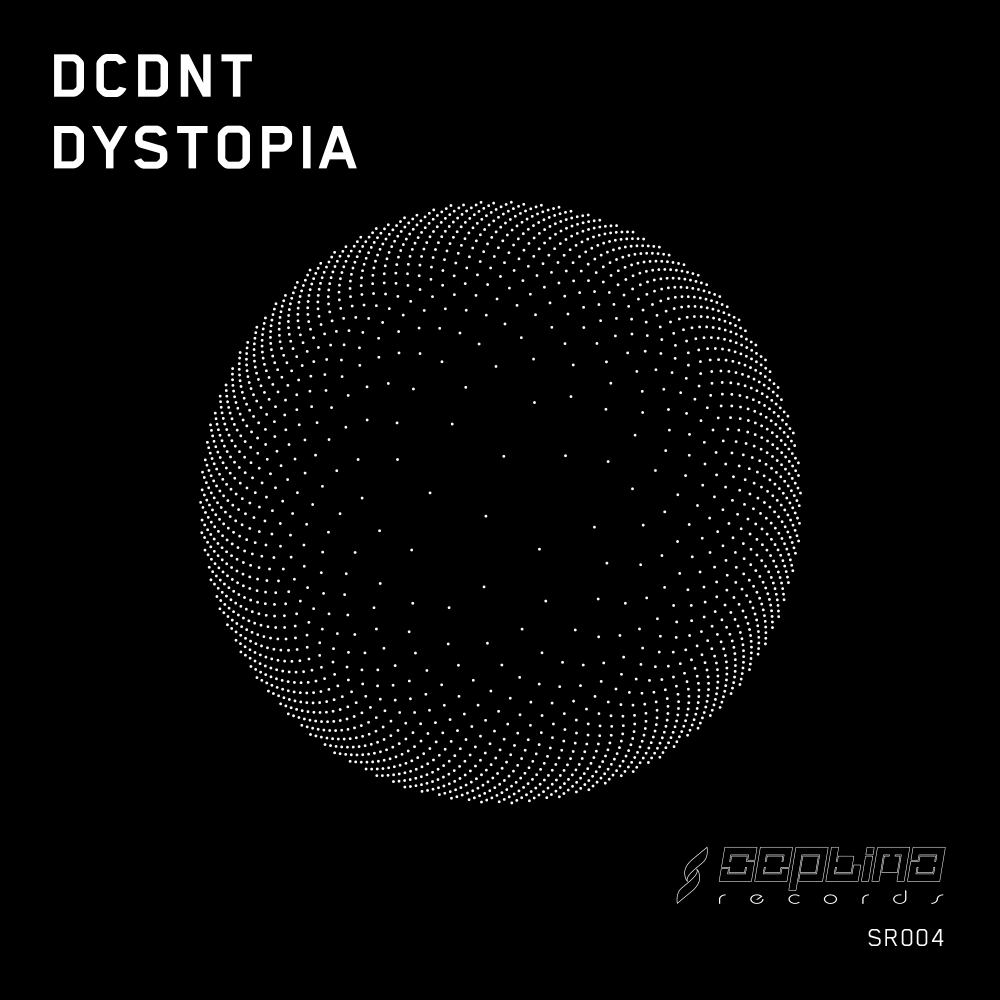Controlling the chaos
NFT collection of continuously evolving shapes discovered using math parameters determining distribution and behavior of nodes on the canvas.
Featuring original DAWless music created on hardware instruments such as Octatrack, Digitakt, Digitone, Analog Rytm, Syntakt, Electribe, Deluge, Sub37, DFAM, MOTHER-32, Deepmind-12, microKORG XL+ and others.
Algorithmic interactive art
- Math
- Rendering engine
- Touch zones
- Music
- Mic input
Art that you can change realtime provides a lot of flexibility in how visualizations are designed. Audio and microphone inputs can be used to affect animation dynamics of the shape.
Invisible touch zones overlayed on top of the shape provide seamless experience for interacting with the generated visualization which allows instant access to shape's core parameters.
Keyboard controls:
[H] - Hide UI, [QW] - Math, [ER] - Rotation, [AS] - Step, [DF] - Frequency, [VB] - Boldness, [OP] - Point Size.
Press and hold [Shift + E + R + A + S + D + F + V + B]
Through design iterations new shapes can be discovered, edited and shared.
Live DAWless Techno sessions
Original music
10-year long experiment into potential of creating music without using a computer. Original DAWless tracks will be shared along with unique shapes as NFTs.
Engine for generative art
Initial use cases
The rendering engine is able to create useful assets that can be exported as SVG or PNG and used in other designs. Original intent was to create an album cover generator.
Continuously evolving controllable visualizations can be used as a backdrop for performances and other events. Videos can be recorded using screen capture and processed with video editing software.
The runtime platform can be installed on physical hardware such as portable gadgets and non-traditional screens for advanced interaction capabilities.
Dynamic responsive visualizations can be integrated into AI systems to provide visual emotional response to user input and accurately represent system statuses.
The system runs best on latest iOS devices, Apple M1 / M2 computers and other environments with efficient processors and modern displays with high DPI ratio.

